Are you seeking for a feasible way to completely get rid of and uninstall UserHealth 1.3.4? If you're having some trouble doing that, here is the right place to help you thoroughly uninstall UserHealth 1.3.4. If UserHealth 1.3.4 is corrupted or damaged, the best way to get it work properly is to uninstall it and then reinstall it. But what can you do when you receive error messages during the uninstallation process or when you can't find it in your Programs and Features? Now, in order not to make your situation worse, please stop trying your own methods to uninstall UserHealth 1.3.4, and follow the listed professional methods to remove UserHealth 1.3.4.
Possible Error Caused by Incorrect Uninstall Methods

Error example
The above error messages are all caused by incomplete uninstallation of related programs. Incompletely uninstallation of a program will leave some invalid keys in the system registry, which will cause such error pop-ups when the system still executes them.
Automatically Uninstall UserHealth 1.3.4 (Recommended):
This specialized uninstaller can not only help you uninstall UserHealth 1.3.4 from the computer effectively, but also identify and delete all leftover files, folders and invalid registry entries belonging to UserHealth 1.3.4.
Manually Uninstall UserHealth 1.3.4:
Step 1: End all processes that are related to UserHealth 1.3.4
Step 2: Uninstall UserHealth 1.3.4
Step 3: Delete invalid entries of UserHealth 1.3.4 in the registry
Step 4: Delete leftovers of UserHealth 1.3.4 in hard drive
Step 1: End all processes that are related to UserHealth 1.3.4
Hold Ctrl, Shift and Esc keys on the keyboard to open Task Manager. Then click on the related process and click End Process (in Windows 7, Vista) or End Task (in Windows 8) button.

Step 2: Uninstall UserHealth 1.3.4
You can uninstall UserHealth 1.3.4 by any of the following uninstall methods:
Method 1: Uninstall UserHealth 1.3.4 via Control Panel
1. Open Programs and Features.
In Windows 7 and Vista,
a. Click Start menu and click Control Panel
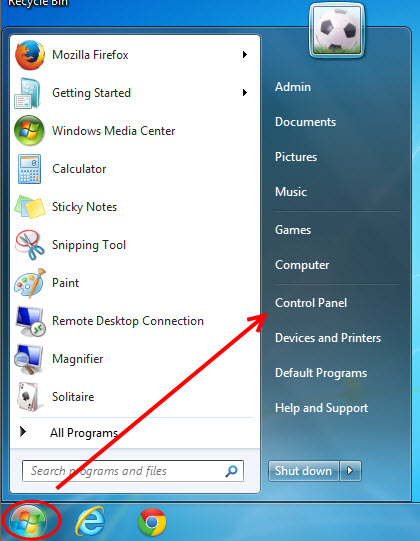
b. Select View by Category and click Uninstall a program
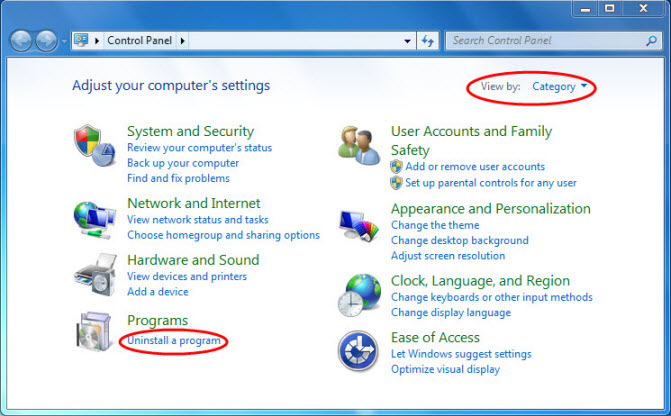
In Windows 8 or later,
Hover the cursor in the bottom-left corner of the screen, right-click on the Start button when a small image of the Start Screen appears and select Programs and Features
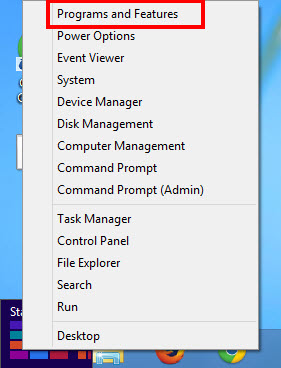
2. Click on UserHealth 1.3.4 and click Uninstall to uninstall it from your computer.
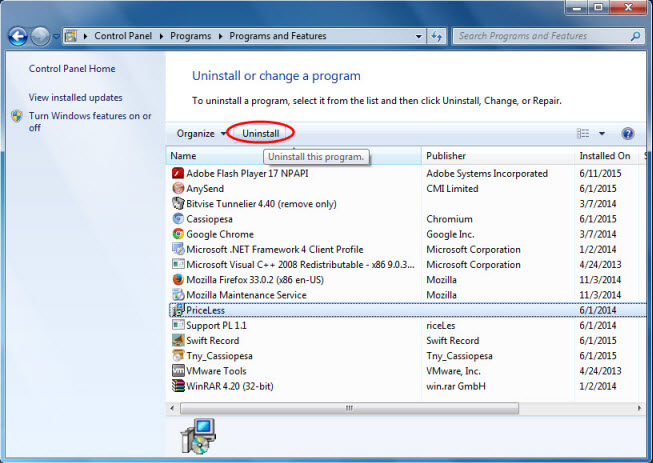
Method 2: Uninstall UserHealth 1.3.4 using its Uninstall.exe
If you cannot find UserHealth 1.3.4 in Programs and Features, then you may be able to uninstall it thru its uninstall.exe.
a. For 32-bit Windows 7, Vista, 8 or later, open the C:\Program Files folder, open the program's folder (ex: WinRAR), and go to step 3 below.
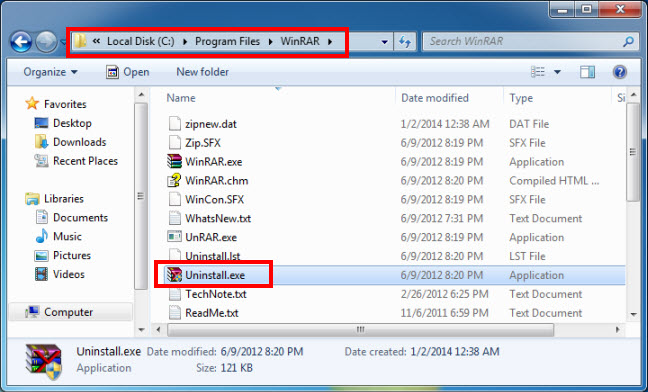
b. For 64-bit Windows 7, Vista, 8 or later, open either the C:\Program Files folder for an installed 64-bit program or C:\Program Files (x86) folder for a installed 32-bit program, and open the program's folder (ex: WinRAR).
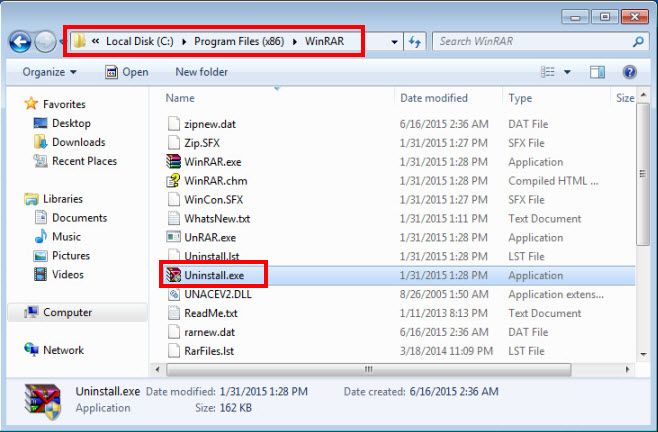
Method 3: Uninstall UserHealth 1.3.4 via Command Prompt
1. Open an elevated command prompt.
In Windows 7 and Vista,
Click Start menu and type in cmd in search programs and files, right click and select Run as administrator option in the menu. Click Yes, if UAC pops up.
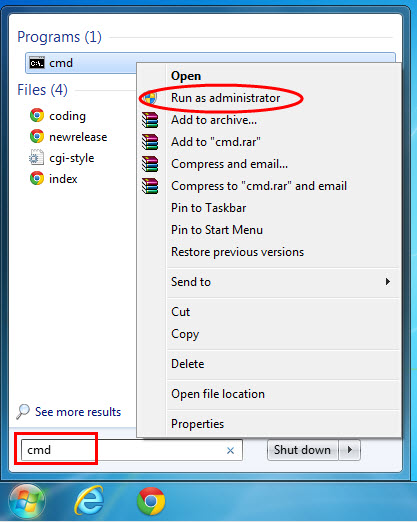
In Windows 8 or later,
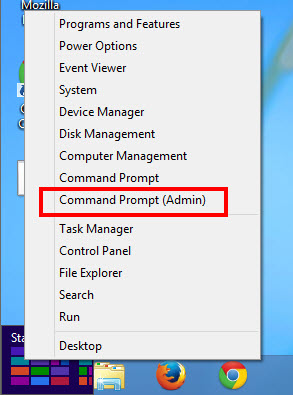
2. In the command prompt, type wmic and press Enter.
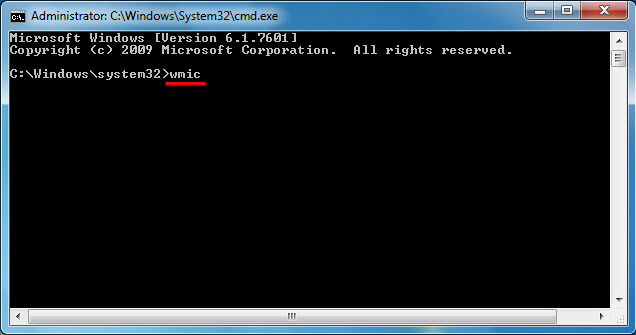
3. Type product get name and press Enter. (Please wait for a few seconds to allow the utility to list all programs)
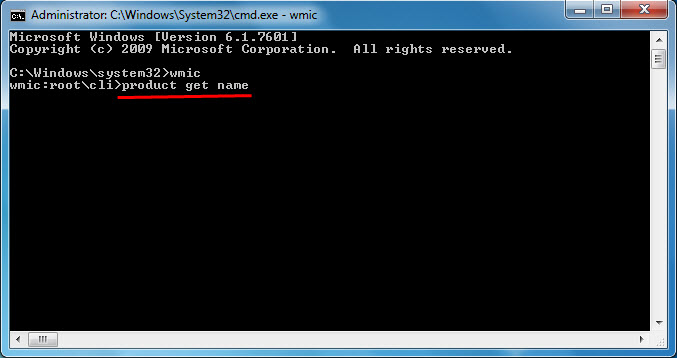
4. Note the name of the program you want to uninstall, including any capitalization.
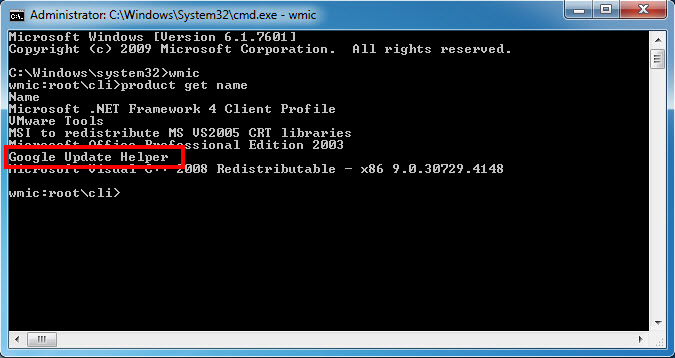
5. Type product where name="name of program" call uninstall and press Enter.
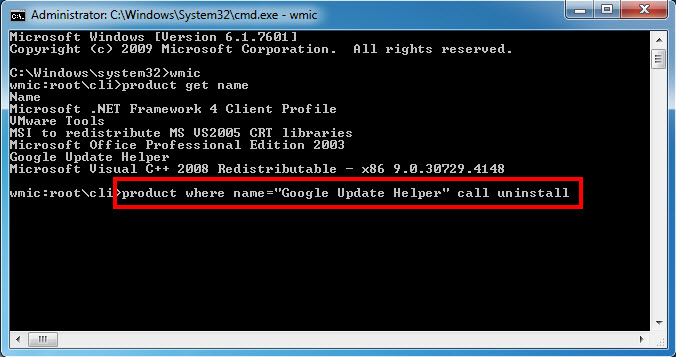
6. If prompted, type Y to confirm uninstalling the program, and press Enter.
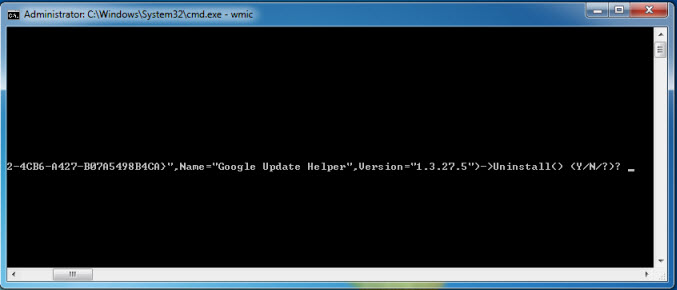
7. When successfully uninstalled, you can close the command prompt.
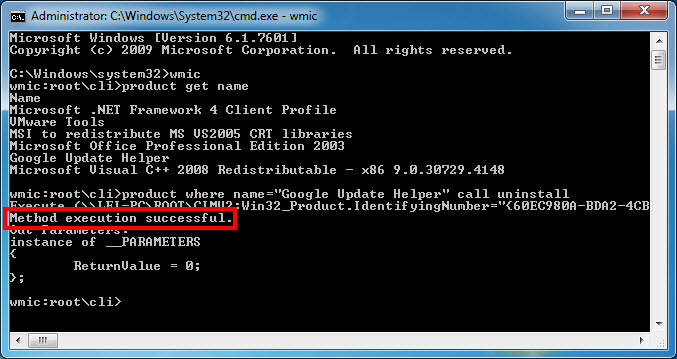
Step 3: Delete invalid entries of UserHealth 1.3.4 in the registry
Video Guide: How to back up and edit the registry
Note: It's very important for you to know that the registry is one of the most important part of the Windows system, you should be extremely careful when deleting any keys in the registry. Any small mistake can result in severe problems or even system crash. So removing UserHealth 1.3.4 by editing the registry is only recommended to computer users with certain computer knowledge. If you don't want to take the risk to damage your computer system, it's recomended that you use this Automatic Registry Cleaner to clean invalid keys.
Step 4: End all processes that are related to UserHealth 1.3.4
Even you uninstall UserHealth 1.3.4 in Control Panel and remove invalid keys in the registry, there are still some folders left in hard drive. To completely remove UserHealth 1.3.4 from your system, you can go to the following locations to delete the folders of UserHealth 1.3.4.
C:\Program Files (x86)
C:\Program Files
C:\ProgramData
C:\Users\Default\AppData\Local
C:\Users\Default\AppData\Roaming
Uninstall UserHealth 1.3.4 using a Professional Third-Party Uninstaller
Many computer users don't like using the built-in uninstall utility in Windows Operating System to uninstall a program, because it often leaves behind some program files. Most of the time, a program will leave behind some files and keep your settings in your system. For example, some demo versions of program will leave some files saying that they have expired to prevent you from get another free trial again. Some programs even refuse to be uninstalled, as their publishers want to force users to keep using their programs or services. No matter what problem you run into during the uninstallation process, at this time, a professional third-party uninstaller is the best solution to completely get rid of an unwanted program, as it will forcibly and completely uninstall and remove any unwanted program off your computer with only a few clicks. Click and download this professional third-party Uninstaller now.
